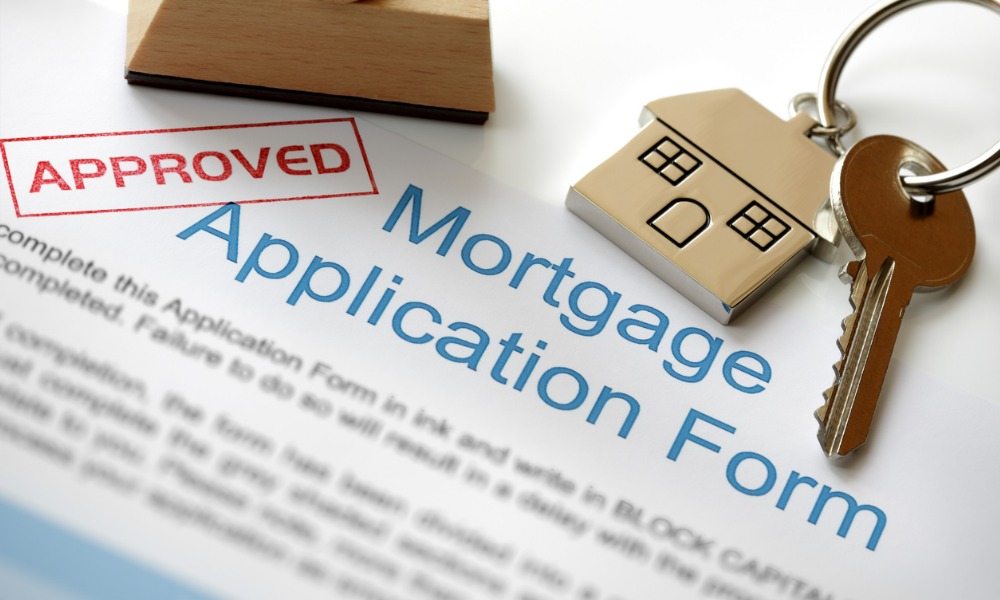Obtaining any mortgage, but especially a fast track mortgage, is a stressful and complicated process. There are many different types of mortgages to pick from, and you’ll need to compile lots of paperwork to apply for them. Then you need to figure out how much your potential mortgage will cost each month.
However, the mortgage application process can be divided into a number of distinct parts. Which can make the whole process a lot easier to understand. In this guide, we will help you to understand the mortgage process and the different stages you go through.
Pre-Approval
Finding the best mortgage for you, figuring out how much you can afford, and getting pre-approval for the loan are the first steps in obtaining a mortgage.
When picking a mortgage, there are various things to consider. Yet, the most crucial is to have a clear understanding of your monthly expenses. You can visit mortgage lenders such as Next Level Lender for pre-approval as soon as you have a general notion of the kind of mortgage you prefer.
An official document known as a pre-approval outlines the maximum sum that your mortgage lender is ready to give you.
Locate A Property
Usually, before a pre-approval is given, most people will look at properties. Yet, once you are pre-approved, you can look more seriously. There are numerous methods for doing this. You can search for a home off the market, purchase a home at auction, or use internet real estate websites.
Once you find a property that you like, you must put an offer on it. You should get advice from your real estate agent surrounding this.
This deposit is known as earnest money, which is around 2% of the sale price. This shows that you are really interested in the property. Then, if you get the property, this money will go towards your down payment.
Submit A Mortgage
Now you can obtain your final mortgage. The final mortgage application is ready for submission. You must contact a mortgage lender in order to do this. Ideally, it should be the one who granted you pre-approval. However, you should also look around to ensure you receive the best offer.
To make you an offer, each mortgage lender will need particular information. This includes employment details, all kinds of income, assets, debts, any property information and credit history.
Loan Estimate
The lenders you’ve spoken to must now offer a loan estimate. A loan estimate is a document consisting of 3 pages. This will offer you information and simple explanations surrounding house loans. Unless you don’t satisfy the lender’s minimal requirements and your request is turned down, you’ll receive a loan estimate within 3 business days of submitting your mortgage application.
A loan estimate that you obtain is good for 10 business days. Your loan will begin processing once you agree to a loan estimate. The information you’ve given will now begin to be reviewed and verified.
Underwriting Stage
Your mortgage application will be thoroughly examined by underwriters. For instance, before taking out a mortgage on a property, lenders must have it appraised. This evaluation is requested by the underwriter, who utilizes it to assess whether the proceeds from the property’s sale will be sufficient to pay back the mortgage.
The decision of the underwriters will be communicated to you after they have reviewed your application. This will entail one of three options: accepting the loan as offered, rejecting it, or approving it with restrictions.
Following the approval of your application, you will fix your interest rate. This is the interest rate you will pay for your entire mortgage.
Secure Your Property
After your mortgage is accepted, it’s time to close the deal on the property. You will be invited into a closing meeting. Where you will look over various documents, one of which will tell you about your closing costs.
Typically, closing fees make up 2% to 5% of the cost of the home. For example, your closing costs for a $200,000 home could be between $4,000 and $10,000. Closing costs differ based on your state, the type of loan, and the mortgage institution.
If you are happy with the documents and the closing costs, you will sign the document and leave with the keys to your new home.
Conclusion
The mortgage process involves 6 important steps, from finding, securing and getting your loan approved. Alongside, finding a property which you can afford with the money you are allowed to borrow.
We hope this article has made the mortgage process easier to understand.

Leave a Reply